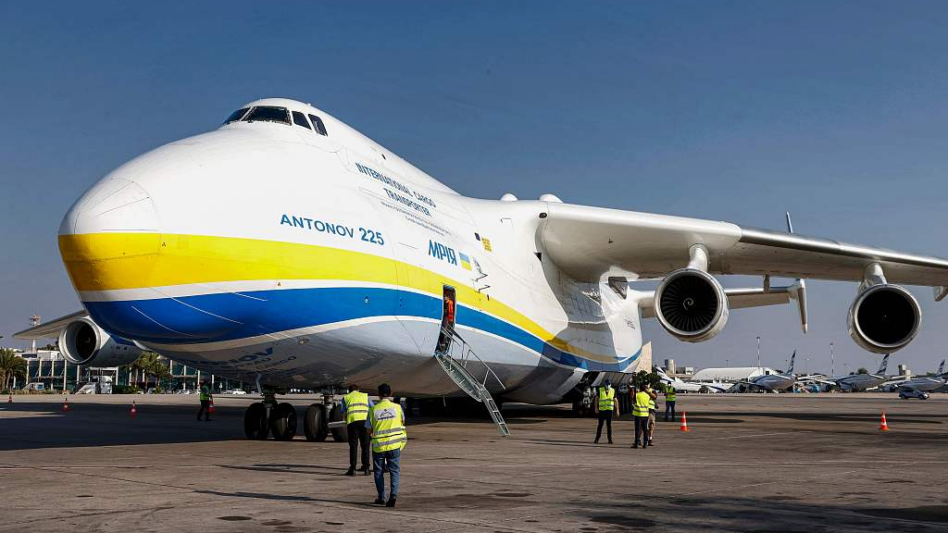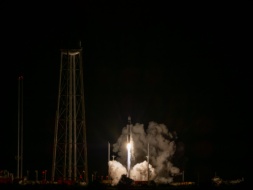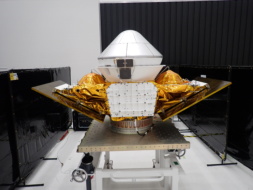Ukrainian firm Antonov owns and operates the largest cargo aircraft in the world. A significant portion of the company’s fleet has been grounded or destroyed since Russia’s invasion of Ukraine, leaving many GEO satellites to find other rides to the launch site.
Heavy-lift aircraft: Antonov’s large cargo aircraft are some of the only planes in the world with enough capacity to shuttle GEO satellites and large spacecraft components.
- The AN-225 Mriya aircraft, in a cargo capacity class of its own with the ability to carry ~280 tons, was destroyed in the early days of the invasion.
- As of a month ago, Antonov had a fleet of 14 planes, mostly grounded at Hostomel airport in Ukraine.
- Five AN-124-100s, which can carry ~120 tons each, are operational outside of Ukraine. They’re in high demand and mostly reserved for government use.
If not by air…Satellite manufacturers that relied heavily on Antonov for transporting bulky space-bound cargo are now looking into other possibilities for travel. NASA, an Antonov frequent flier, told Payload “partners that use Antonov have shared they are working to find other means of transportation, which includes use of NASA’s Pegasus barge.”
- By sea: SES told SpaceNews that it will be transporting its SES-22 C-band satellite from Europe to the US by ship rather than by Antonov, and that the shift shouldn’t cause delays in the overall mission timeline. Airbus will likely need to transport its Measat-3d satellite from France to French Guiana by boat.
- By land: Viasat will drive its first ViaSat-3 satellite from California to Florida. Recently, the Talk of Titusville Twitter account posted a video of the Cygnus spacecraft being driven on the back of a truck on the highway; NASA confirmed the exposed Cygnus in the video was not a flight unit.
Building up delays: In its statement to Payload, NASA said it is not anticipating any Antonov-related delays to its planned programs in the near future. Other companies may not be so lucky.
The airplane is the essential heavy-lift aircraft provider, and with its planes caught up in conflict or sidelined for government use, the commercial sector may all but lose its access.
Intelsat CTO Bruno Fromont told SpaceIntelReport that moving the company’s satellites from their manufacturing site to the launch site by boat rather than plane would cause 10-12 days of delay. Fromont’s quote was too on the nose: “everybody’s in the same boat right now.”
The upshot: The Antonov crunch adds more strain to already-stressed supply chains and serves as yet another example of how Earthly geopolitical tensions can extend into space. Satellite makers want to certify more aircraft, including the Airbus Supper Guppy and Airbus Beluga, to carry satellites and large spacecraft components. That’s no small task, given the unique demands and sensitivities of GEO satellites.




